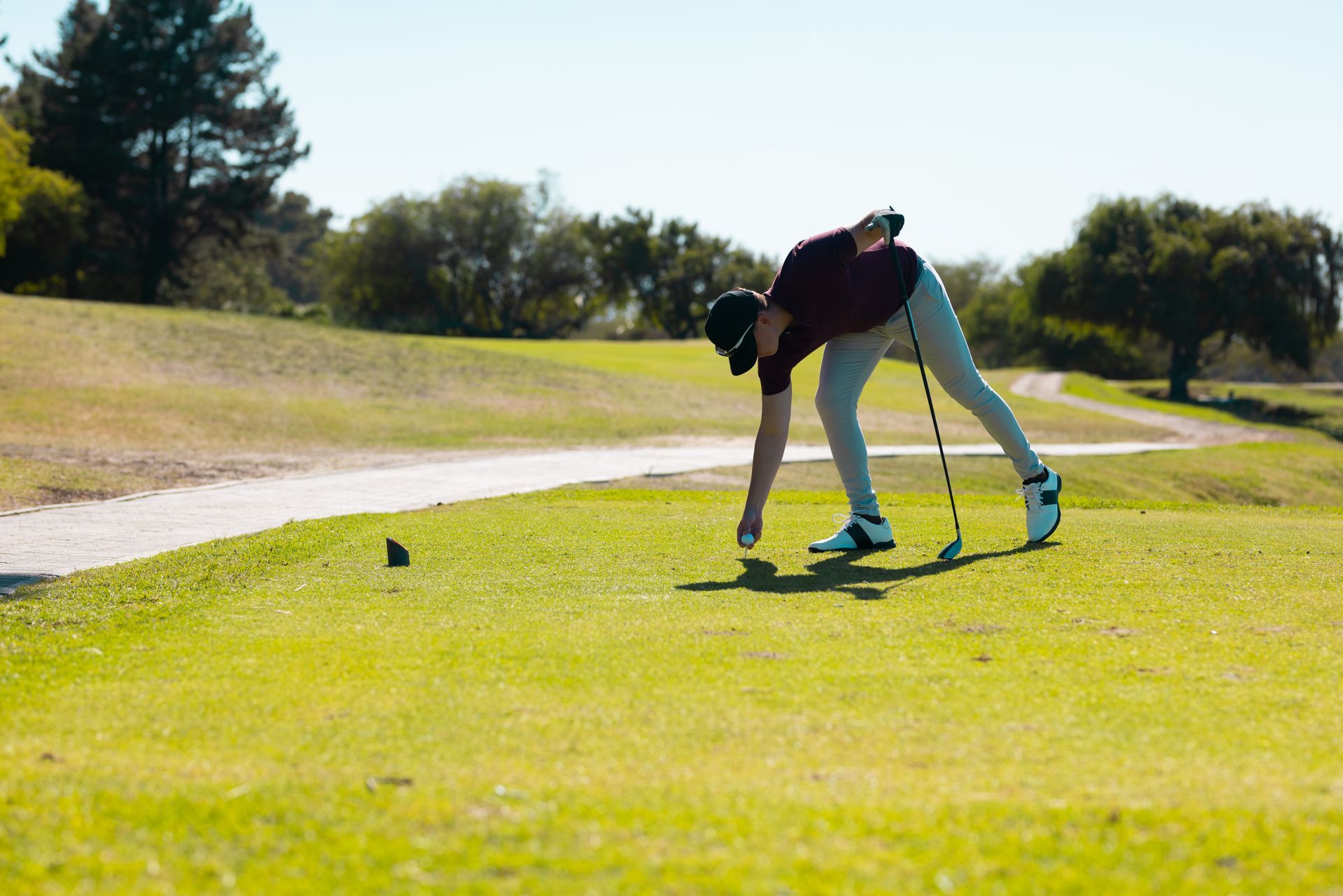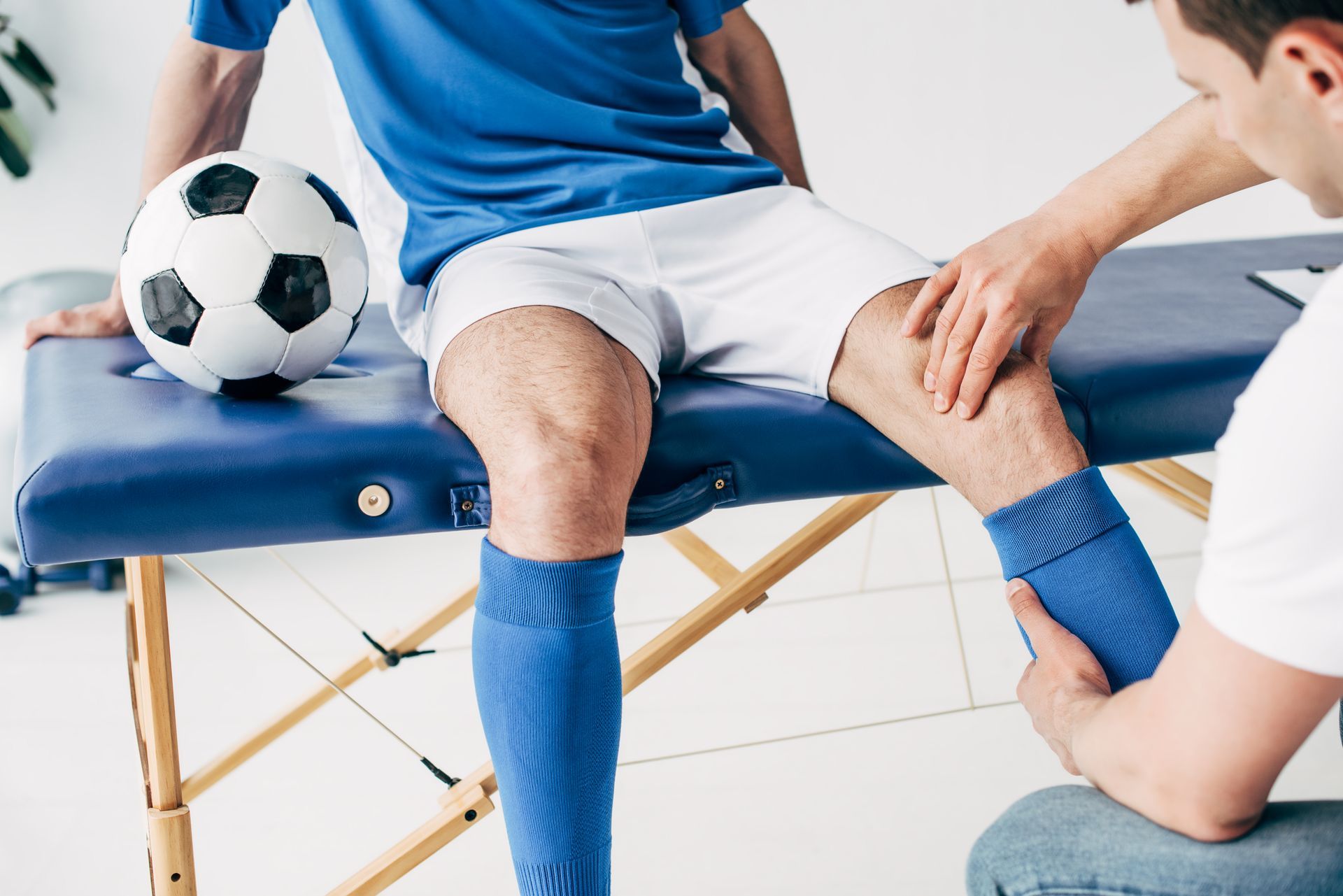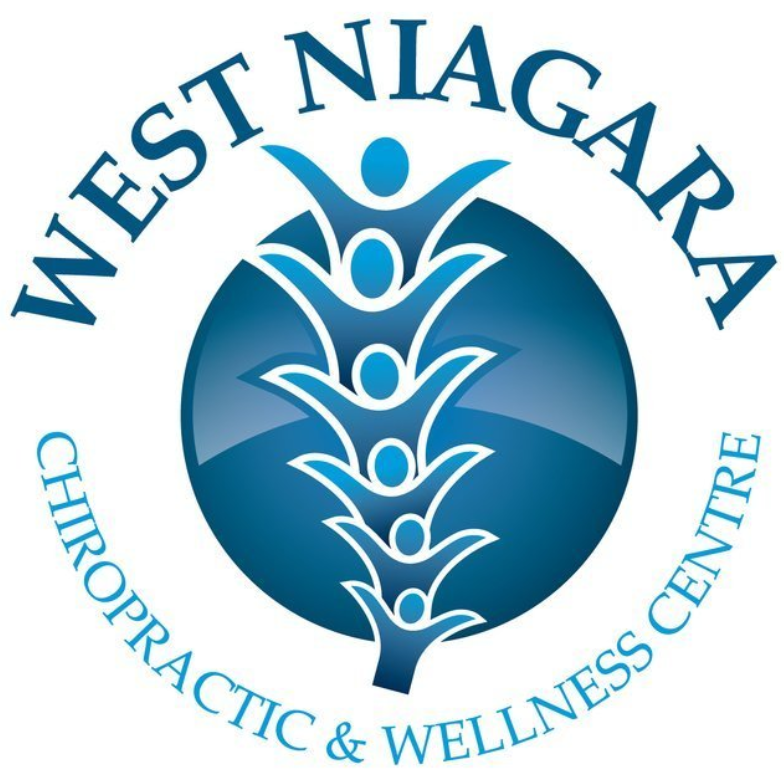What is Your Gait?
Have you ever stopped to think about how you walk? This seemingly simple, automatic action is known as your gait. It's your personal pattern of movement when you walk or run. While you may not give it much thought, your gait is a complex process involving your brain, spinal cord, nerves, muscles, and bones, all working in harmony. It's also a powerful indicator of your overall health.
An efficient gait allows you to move freely and without pain. But when something is off, it can lead to a domino effect of issues, from sore knees to chronic back pain. Understanding your gait is the first step toward addressing these problems and improving your quality of life.

What is Gait and Why Does it Matter?
Your gait cycle is the sequence of events that occurs from the moment one foot touches the ground to the moment that same foot touches the ground again. This cycle has two main phases: the stance phase (when your foot is on the ground) and the swing phase (when your foot is in the air). A healthy gait is symmetrical, smooth, and energy-efficient.
Your walking pattern is as unique as your fingerprint. It's influenced by your age, body structure, and even your mood. More importantly, it provides vital clues about your musculoskeletal health. An abnormal gait can be the first sign of an underlying issue, such as:
- Joint misalignment in the spine or extremities
- Muscle imbalances or weakness
- Nerve interference
- Structural problems in your feet, knees, or hips
Ignoring these signs can lead to further complications, including chronic pain, reduced mobility, and an increased risk of injury.
Common Gait Problems & Their Causes
Gait abnormalities can develop for many reasons. Sometimes they are the result of a sudden injury, like a sprained ankle. Other times, they develop slowly due to poor posture, repetitive stress, or degenerative conditions.
Some common gait issues include:
- Antalgic Gait: This is a limp that develops as a way to avoid pain. A person will spend less time on the injured or painful leg, resulting in an uneven walking pattern.
- Trendelenburg Gait: Often caused by weakness in the hip abductor muscles, this gait involves the pelvis dropping on the side of the swinging leg, creating a "waddling" appearance.
- Overpronation or Supination: These relate to the rolling motion of your foot. Overpronation is when the foot rolls too far inward, while supination (or underpronation) is when it doesn't roll inward enough. Both can cause foot, ankle, knee, and back pain.
- Forward Head Posture: When your head juts forward, it shifts your center of gravity. Your body compensates by altering your gait, which can strain your neck, shoulders, and back.
These are just a few examples. Any change in your natural walking rhythm that causes pain or instability is worth investigating.
How a Chiropractor Can Help Improve Your Gait
Chiropractors are experts in the musculoskeletal system, making them uniquely qualified to assess and treat gait-related issues. Their goal is to identify the root cause of your abnormal gait, not just to manage the symptoms.
At a clinic like West Niagara Chiropractic and Wellness Centre, a gait assessment is a comprehensive process.
A chiropractor will:
- Observe You Walk: The assessment begins with a visual analysis of your walking pattern to spot asymmetries, limps, or other irregularities.
- Conduct a Physical Examination: This includes checking your posture, assessing your spinal alignment, testing your muscle strength and flexibility, and examining the range of motion in your joints—from your feet to your neck.
- Identify Underlying Causes: By connecting your gait pattern to their physical findings, the chiropractor can pinpoint the source of the problem. This could be a subluxation (misalignment) in your spine, a tilted pelvis, an issue with your foot arches, or a muscle imbalance
Once a diagnosis is made, your chiropractor will develop a personalized treatment plan. This may include:
- Chiropractic Adjustments: Gentle, precise adjustments to the spine and other joints can restore proper alignment and nerve function, which is fundamental to a healthy gait.
- Soft Tissue Therapy: Techniques like massage or myofascial release can relieve muscle tension and correct imbalances that affect how you walk.
- Custom Orthotics: If the problem stems from your feet, custom-fitted orthotics can provide support, correct alignment, and absorb shock, leading to a more efficient gait.
- Corrective Exercises: Your chiropractor can prescribe specific stretches and strengthening exercises to address muscle weaknesses and improve stability and balance.
By addressing the underlying structural and functional problems, chiropractic care can help you walk with more ease, reduce pain, and prevent future injuries.
Take the First Step Toward Better Movement
Your gait is a window into your health. If you are experiencing pain, stiffness, or instability when you walk, it's your body’s way of telling you that something is wrong. Listening to these signals and seeking professional help can make a significant difference.
For those in the Niagara region, the experienced team at West Niagara Chiropractic and Wellness Centre is dedicated to helping patients move better and live healthier. A thorough gait assessment can provide the answers you need and set you on a path to lasting relief. Don't let an abnormal gait hold you back—take the first step toward a more active, pain-free life.












